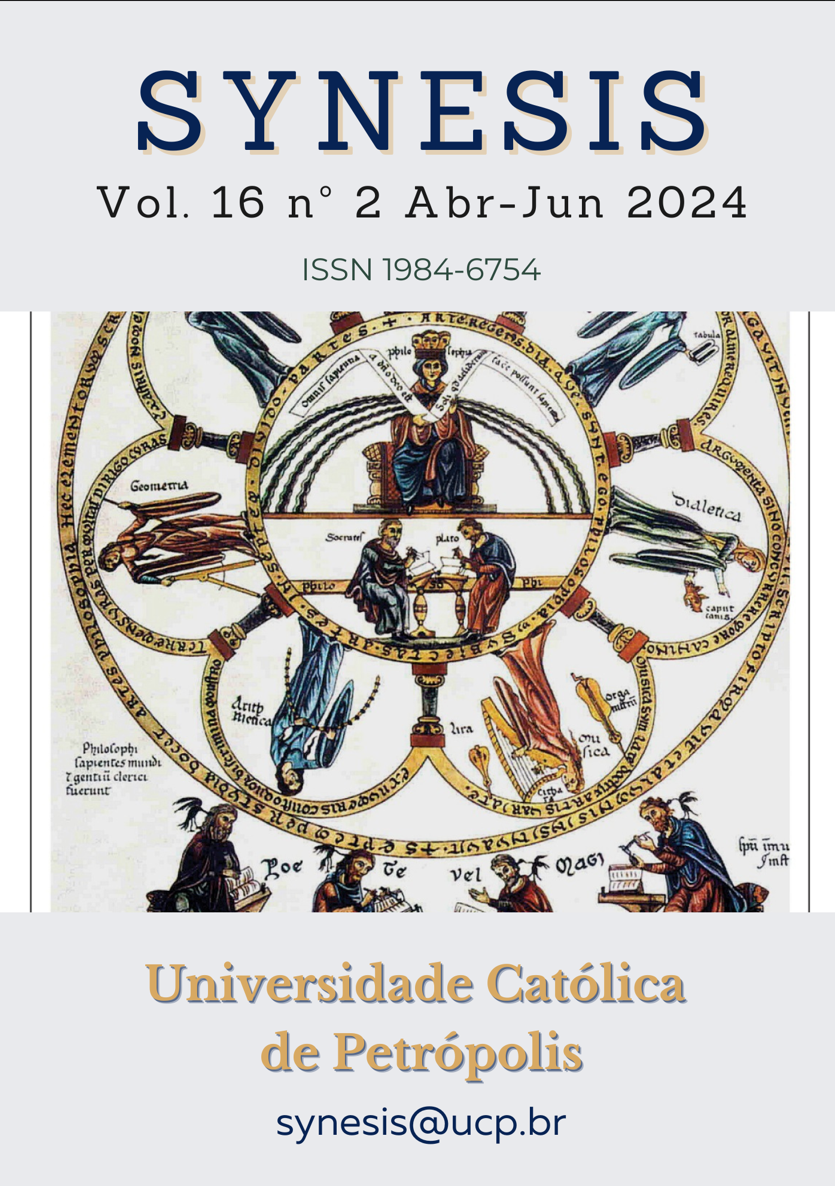Abstract
The transmigration of Siamese people to Kelantan began as early as the middle of the 13th century. The formation of Siamese and Malay sociocultural and ethnic identity is said to be modern but still intact to traditional elements in life. However, the acceleration in the field of technology has marginalized traditional Thai socio-culture among the Siamese community of Kelantan. This study focused on observing the process and relationship between texts in the production of Malay novels. The process and relationship are linked to intertextuality, which is the phenomenon of text within a text or what is called dialogue between texts. This research framework utilized ideas by Julia Kristeva. The intertextual formula presented the relationship between the hypotext (short story) and the hypertext (novel) to see the meaning, the proposed process, and the appropriateness of the author. This study refers to Prasert Eh Chai’s novel Phensi (2022) which showed a tendency towards intertextual works. The study found that within the framework of intertextuality, Chai demonstrates loyalty to non-creative texts (the socio-cultural society of Siam Kelantan) which was later developed into a novel. Authorship style by Prasert Eh Chai shows his sensitivity in blending social experience into Phensi. This study summarizes the intertextuality of Chai’s Phensi not only physically from the socio-cultural viewpoint of the novel but also from the Siamese environment of Kelantan and the traditional roots of Thailand.
References
Azmi, M. N. L., Abdullah, A. T. H., & Hassan, I. (2023). Depiction of Polygamous Character Traits in Che Husna Azhari’s Mariah. Theory and Practice in Language Studies, 13(5), 1167-1171.
Azmi, N. J., Hassan, I., Azmi, M. N. L. A., Atek, E. S. E., & Yah, M. H. (2022). Strategies for learning the malay literature component in Malaysian secondary schools. Revista on line de Política e Gestão Educacional, e022040-e022040.
Bakhtin, M. (1996). The Dialog Imagination. Austin, University of Texas Press.
Buah, S. N. (2016). Diaspora Orang Siam ke Tanah Melayu. Kuala Lumpur, Jabatan Muzium Malaysia.
Chai, P. E. (2022). Phensi. Kuala Lumpur, Dewan Bahasa dan Pustaka.
Dollah, H. (2011). Warisan Seni Budaya Siam Kelantan. Kuala Lumpur, United Selangor Press Sdn. Bhd.
Fern, U. S. (2019). Menora Seni Budaya Kita. https://malaysiaaktif.my/2019/03/menoraseni-budaya-kita/ dicapai pada 10 Mei 2023.
Golomb, L. (1978). Brokes pf Morality: Thai Ethnic Adaptation in a Riral Malaysian Setting. Honolulu, Universiti of Hawaii Press.
Haroon, H., & Zabir, A. (2018). Penggunaan Dialek dalam Novel Seorang Tua di Kaki Gunung. Jurnal Bahasa. 18(2), 286-318.
Hassan, I., Azmi, M. N. L., & Abubakar, H. A. (2020). A critical analysis of Helon Habila’s Waiting for an Angel: A postcolonial perspective. Journal of Critical Reviews, 7(13), 2787-2790.
Hassan, T. R. R. (2018). Intertekstualiti Dalam Novel S.Othman Kelantan. Tesis Ijazah Sarjana. Universiti Kebangsaan Malaysia.
Ilias, B., & Ahmad, M. N. (2008). Cerita-Cerita Menora di Bukit Yong. Kertas Kerja Seminar Kebudayaan dan Komuniti Siam Kelantan. Universiti Kebangsaan Malaysia.
Ilias, B., Dollah, H., & Ahmad, M. N. (2011). Tradisi Bercerita Siam Kelantan: Satu Analisa Fungsi Cerita. Jurnal Melayu, 1(1), 207-232.
Junus, U. (1996). Teori Sastera Dan Permasalahan Sastera Melayu. Kuala Lumpur: DewanBahasa dan Pustaka.
Kershaw, R. G. (1969). The Thai of Kelantan. A Socio-Political Study of The Ethnic Outpost. PhD Thesis. University of London.
Kristeva, J. (1980). Semiotica And Desire In Language: A Semiotic Approach To Literature And Art. Oxford, Basil Blackwell.
Masurori, M. P. H. (2004). Hikayat Syah Kobat: Analisis Struktur dan Intertekstualiti. Bangi: Universiti Kebangsaan Malaysia.
Matari, R. K. (2021). dlm Salman Sulaiman. Sekilas Ceritera Sastera Kelantan. Tunas Cipta. 14 September. https://tunascipta.jendeladbp.my/2021/09/14/1460/
Razali, S. (2020). Masyarakat Siam Kelantan: Sejarah Kependudukan dan Perkembangan Sosiobudaya. Tesis Ijazah Sarjana. Universiti Malaysia Kelantan.
Safei, M. (2006). Hipoteks Sejarah dalam novel Panglima Awang. Jurnal e-Bangi, 3 (1), 232-236.
Safei, M. (2010). Novel Intertekstual Melayu. Bangi: Penerbit Universiti Kebangsaan Malaysia.
Sanong, K. (2003). Belajar Pembangunan Masyarakat dan Kebudayaan Thai di Utara Malaysia. Songkhla: Universiti of Thaksin
Sheepard, M. (1972). Taman Indera: Malay Decorative Art and Pastimes. Kuala Lumpur, Oxford University.
Tin, L. S., & Tarmiji, M. F. A (2020). Gemalai Seni Persembahan Menora. https://www.kosmo.com.my/2020/10/28/gemalai-seni-persembahan-menora/ dicapai pada 10 Mei 2023.
Yaacob, H. (1982). Hiburan Tradisional Kelantan. Kota Bharu: Perbadanan Muzium Negeri Kelantan.
Yusoff, I. (2008). Kesusasteraan Melayu Lama Dan Baru. Sintok, Penerbit Universiti Utara Malaysia.

This work is licensed under a Creative Commons Attribution-NonCommercial-NoDerivatives 4.0 International License.
Copyright (c) 2024 Synesis (ISSN 1984-6754)

